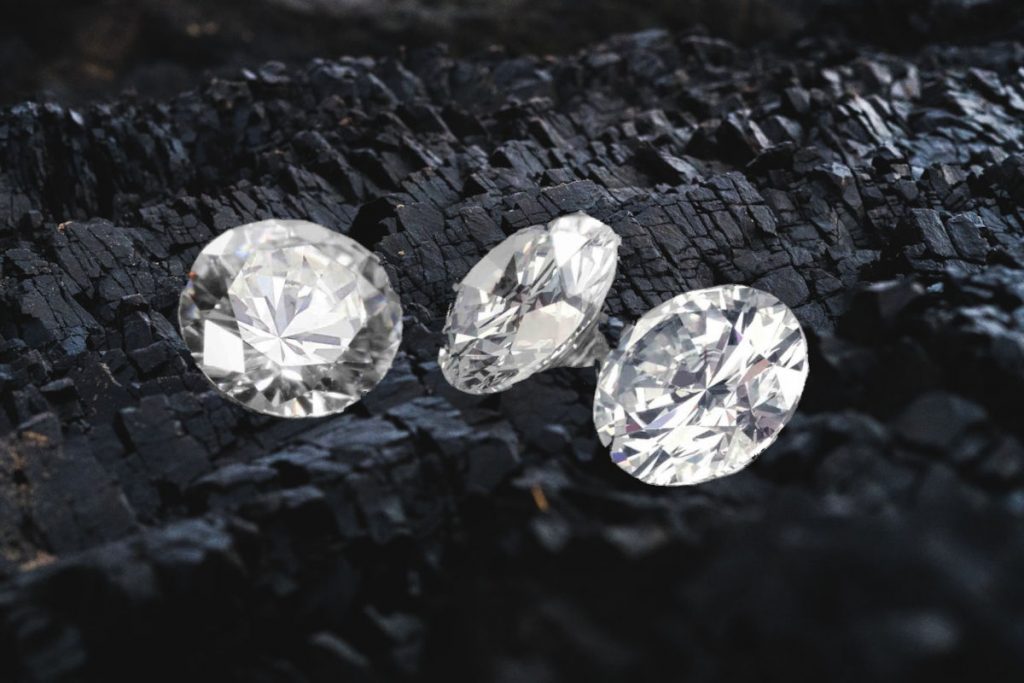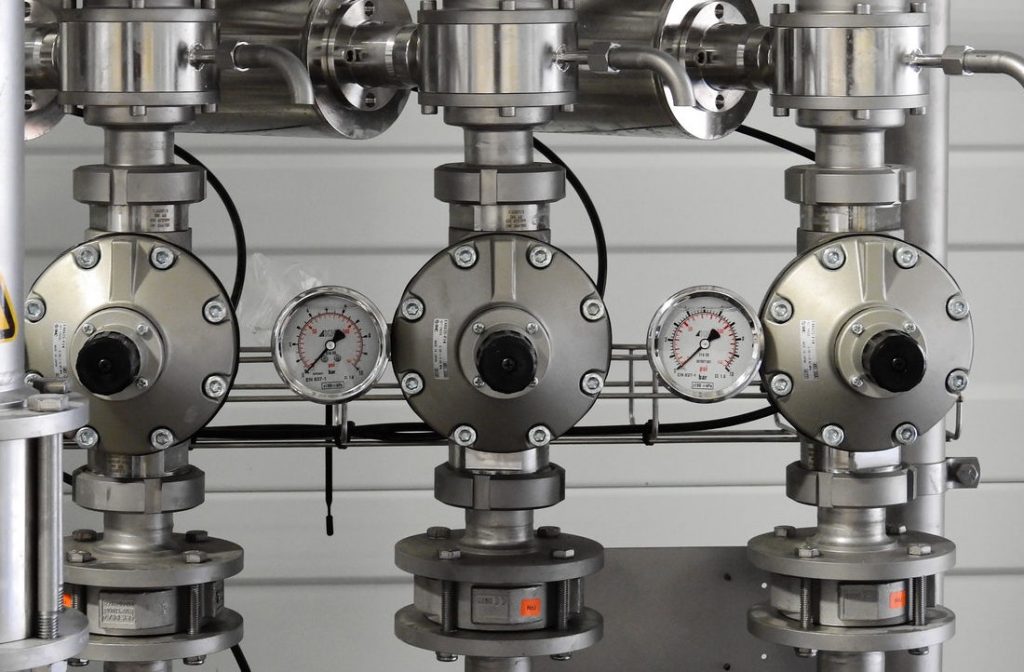Carbon: The ultimate building block
Did you know? Every organic substance and most of the inorganic substances on Earth consist of a basic composition which includes the element Carbon (C). When carbon is held into question, and its purest form is asked about, one might name Coal as the predominant representative of carbon.

How is Coal Formed Naturally?
Dead plant matter when buried and submerged for thousands of years is subjected to a tremendous amount of pressure, heat, and adverse chemical and physical reactions.
This redesigning of organic matter in turn gives rise to a carbon-dense sedimentary rock formation, which is basically what we call coal.
In order of increasing carbon content as well as energy storage, coal has four different ascending stages which mature over time to give rise to one another. These are:
- Lignite
- Sub-bituminous
- Bituminous
- Anthracite.
The sub-bituminous and bituminous forms of coal are used for industrial purposes. The maturation of coal halts at the stage of anthracite.
Coal is extracted deep from the Earth or also from surface sites via mining. Mining remains one of the top hazardous occupations in the world.
But coal doesn’t just contain Carbon. It also has high sulfur content: the main culprit of air-pollution when coal is burned. Along with sulfur, coal also has atoms of oxygen, nitrogen, hydrogen, arsenic, mercury, and selenium thrown into the mix. That being said, Coal is hardly pure Carbon then.
How is Diamond Formed?
What happens when carbon crystallizes? Diamonds happen! Over an estimate of 3 billion years ago, diamonds were formed in the presence of outrageous warmth and pressure.
The outrageous warmth and pressing factor joined really changed graphite, a translucent carbon, on the nuclear level. This rebuilt graphite’s subatomic piece from a hexagonal sheet design into a three-sided shape, bringing about the precious stone; Diamond.
It is a long painstaking process that involves hot lava surging up to the surface, then the magma cooling altogether to form Kimberlite pillars, and whatnot.
Most precious stones or diamonds are a huge number of years old, with many going back 1 to 3 billion years.
Unlike coal, purely white diamonds are hundred percent composed of carbon atoms. They are also referred to as pure carbon diamonds.
Then what about the colored diamonds?
Like every other mineral, some diamonds may have impurities like other atoms dispersed into their molecular structure. These impurities are responsible for imparting color to the diamonds.
These impurities can take place from any medium because of their abundance in the environment and therefore suppress the characteristics of the pure diamond and lead to impurity.
For example, nitrogen colors diamond yellow, while boron makes them blue. These ‘impurities’ are present at the rate of one atom per million carbon atoms.
Nowadays scientists have discovered different types of machinery to remove these impurities. Artificial techniques have been discovered to produce diamonds; the diamonds produced from the artificial technique are also referred to as American Diamonds. Better items are accessible worldwide with critical variety in cost as decided in the market.
What is the relation between Diamond and Coal?
Even though diamond and coal share the major composition element i.e. Carbon, and both are formed under high bouts of pressure and temperature, the funny thing is that formation of coal has no relation to the formation of diamond whatsoever. Coal has no role in the formation of diamonds.
Also, when diamonds are synthesized using the High Pressure, High Temperature (H.P.H.T.) technique, scientists replicate the crushing force of the earth by applying a high amount of pressure and temperatures as high as 5000 degrees Fahrenheit to pure carbon pieces.
The carbon raw material used in this method hardly resembles coal as it is synthesized in a pure carbon form and natural coal has far too many impurities to consider being used as a raw material for this process.
Another affordable and easier method used for the jewelry market to synthesize gem-quality diamonds is the Chemical Vapor Deposition (C.V.D.) which uses hydrogen and methane in gaseous form for providing a source of carbon pieces which are then laid down in a matrix/ diamond seed to convert the carbon into diamond.
All in all, the synthesis of diamond and coal both are completely distinct processes with no similar points to practically correlate with each other.

Can squeezing coal create diamonds?
No. This is just a myth. A horrendously misguided judgment is that diamonds are produced using the transformation of coal.
Superman is the only person responsible for this widespread myth. Consistently, Superman TV shows, and comic books included the famous Kryptonian facing the music of coal and squeezing them in the palm of his hands to deliver shimmering diamonds.
But this is not what scientists founded in their experiments. Since the synthesis and formation of coal and diamond have different starting points in the respective processes, it is impossible to use coal as a raw material for diamond.
Diamonds are very older than plants, which are the primary element for the evolution of coal.
The last stage of coal formation is Anthracite, which is formed after maximal heat and pressure are applied to the organic substances in the earth’s mantle.
Even after we pressurize/ squeeze anthracite (which has the maximum composition of carbon amongst the coal categories), it is impossible to crystallize it to a diamond form.
Though carbon and diamond are allotropes in a way, it is impossible to convert coal into a diamond as coal is already a finished product of another complicated process.
What about Graphite?
However, Graphite is another pure form of carbon and thus the most possible material to synthesize diamond. When subjected to high temperatures and high pressure, graphite can be crystallized from its amorphous form to its crystallized form which ultimately is diamond.
The pressure required for this process is more than 100kbar and the temperature to which the graphite raw material needs to be subjected is almost equal to 2000 degree Celsius.
Though the basic requirements state high temperature and high pressure for this process to take place, other factors also play an important role in compressing graphite all the way to synthesizing diamonds of gem and jewelry quality.
Catalyst-solvent materials are required for this technique. The catalyst solvent materials used in this process are nickel, Monel, and Invar.
These unique materials aid in the formation of diamond crystals from graphite as the carbon atoms in the graphite’s crystal lattice structure rearrange to match that of a diamond’s crystal lattice structure.
The crystal lattice structures of various substances are basically the three-dimensional arrangement of atoms in the said material. Thus, through this process, the atoms are basically rearranged to form the desired arrangement of atoms.
Scientists are using this method alongside the H.T.H.P. and C.V.D. techniques mentioned before to artificially create diamonds as the original reserves of diamonds formed naturally billions of years ago.
Mining diamonds is a very expensive and dangerous job. Hence, researches are being carried out as to how to synthesize diamonds in different ways to create a cost-effective as well as environment-friendly system regarding the production of these rare minerals.
Research also explores the use of graphene (the purest and the most stable form of graphite) and other metals for creating precious diamond-like films for commercial use.
